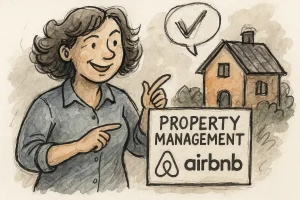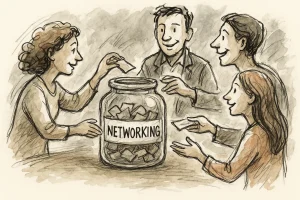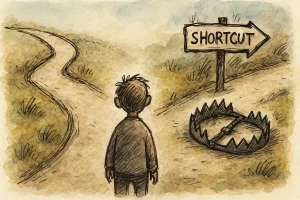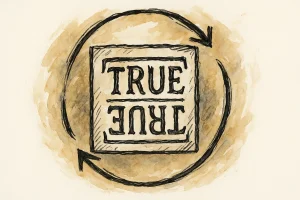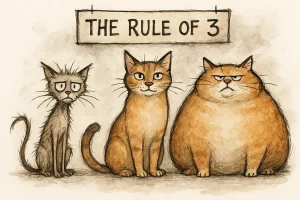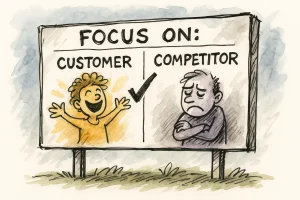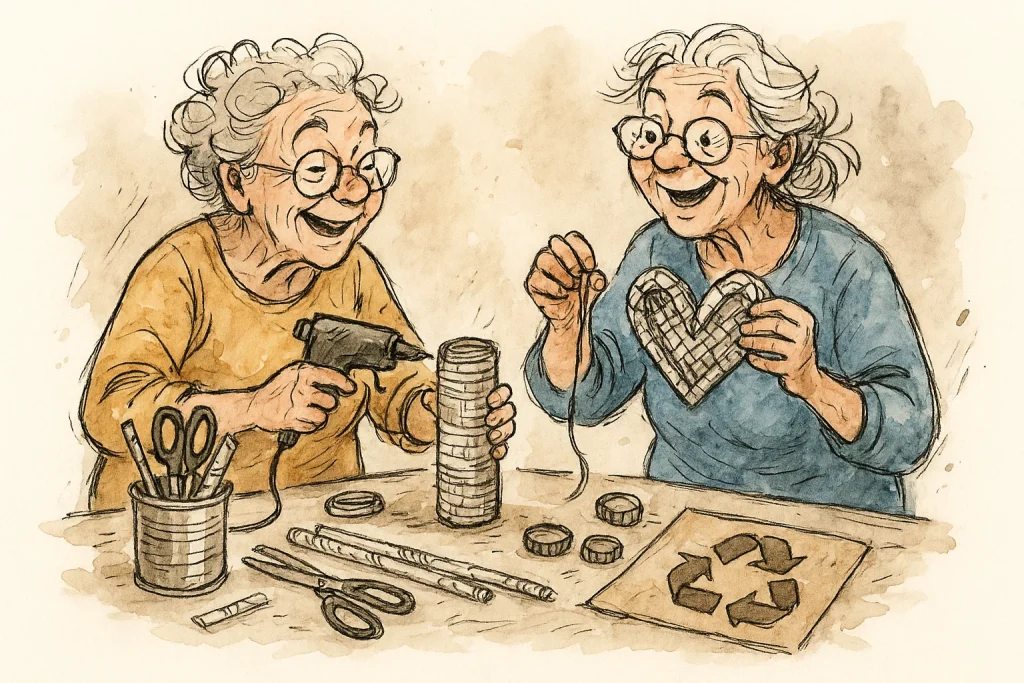
Crafting with recycled materials is more than a sustainable practice – it’s an underestimated business opportunity that combines creativity, environmental responsibility, and profit potential. With growing awareness of conscious consumption and the circular economy, consumers are increasingly willing to pay for products that blend aesthetics, originality, and positive environmental impact.
Market Overview
The sustainable craft market is growing due to the increasing value placed on eco-friendly products and the desire for unique, personalized items. Factors driving this growth include:
- Conscious consumption: Customers value products that help reduce waste.
- Exclusivity and design: Handcrafted items using recycled materials have high perceived value.
- Diverse segments: Home décor, household items, accessories, toys, and artistic objects.
- Multiple channels: Direct sales, e-commerce, social media, craft fairs, workshops, and partnerships with sustainable stores.
This market allows micro-entrepreneurs and small businesses to scale operations creatively, offering differentiated products aligned with sustainable consumer trends.
How the Business Works: Step by Step
- Research and Ideation
- Identify available materials, design trends, audience needs, and reuse possibilities.
- Material Selection
- Paper, glass, metal, wood, plastics, and fabrics can be transformed into high-value products.
- Product Development
- Create prototypes and test durability, functionality, and visual appeal.
- Production and Standardization
- Organize artisanal production processes to ensure consistency and quality.
- Branding and Marketing
- Build visual identity, brand story, online presence, and storytelling that connects customers with the environmental impact.
- Sales Channels
- Physical stores, marketplaces, social media, craft fairs, workshops, and subscription programs.
- Management and Expansion
- Monitor costs, margins, customer feedback, and new product opportunities.
- Explore partnerships with stores, events, and conscious consumption initiatives to expand reach.
Why Invest in This Business?
- Low initial investment: Recycled materials reduce raw material costs.
- High demand for sustainable products: Consumers value exclusivity and environmental impact.
- Operational flexibility: Handmade production allows scale adjustment and product personalization.
- Diversification opportunities: Workshops, craft kits, personalized products, and corporate collaborations.
- Positive social and environmental impact: The business not only generates profit but also reduces waste and promotes environmental education.
Business Analysis Table
| Criterion | Rating (1 to 5) | Comments |
|---|---|---|
| Customers perceived value | 5 | Exclusive, sustainable products have high perceived value. |
| Required Knowledge level | 3 | Basic knowledge of crafts and recycling techniques is needed. |
| Initial Investment level | 2 | Low initial cost using reused materials. |
| Potential profitability | 4 | Attractive margins for premium products, kits, and workshops. |
| Growth potential | 4 | Expanding market, especially through e-commerce and partnerships. |
| Customer acquisition cost | 3 | Social media and fairs facilitate outreach but require active marketing. |
| Risk and challenges level | 3 | Reliance on constant creativity and demand seasonality. |
| Estimated Time to payback | 6-12 months | Quick return with well-positioned products and effective marketing. |
Business Model
- Value Proposition: Exclusive, sustainable handcrafted products made from recycled materials with unique design and positive environmental impact.
- Customer Segments: Eco-conscious consumers, design enthusiasts, sustainable stores, companies seeking eco-friendly gifts, events, and fairs.
- Channels: E-commerce, social media, marketplaces, partner stores, craft fairs, and workshops.
- Customer Relationships: Brand storytelling, personalized service, subscription-based loyalty, and educational workshops.
- Revenue Streams: Sale of physical products, craft kits, workshops, corporate partnerships, and brand collaborations.
- Key Resources: Recycled materials, crafting skills, tools, production space, and digital presence.
- Key Activities: Product creation, artisanal production, digital marketing, sales, inventory management, and logistics.
- Key Partnerships: Recyclable material suppliers, marketplaces, sustainable stores, craft fair organizers, and event coordinators.
- Cost Structure: Materials and tools, marketing, transportation, production space, packaging, and sustainability certifications.
Market Entry Strategies
- Focus on specific niches: Decor, accessories, toys, or household items.
- Digital marketing and storytelling: Highlight environmental impact and the story behind each product.
- Participation in fairs and events: Increases visibility and networking.
- Strategic partnerships: Collaborate with stores, companies, and organizations that value sustainability.
- Expansion through workshops and kits: Classes and DIY kits generate additional revenue and audience engagement.
Practical Tips and Tools
- Management software: Inventory, order, and financial control.
- Social media: Instagram, Facebook, TikTok, and Pinterest for engagement and storytelling.
- Crafting tools: Scissors, glue, brushes, hand tools, and finishing materials.
- Courses and training: Improve recycling techniques, design skills, and innovation.
- Communication and loyalty: Newsletters, customer groups, and exclusive promotions.
Conclusion
Crafting with recycled materials is an underestimated but highly promising business. With creativity, strategic branding, and a focus on sustainability, it’s possible to transform a craft practice into a profitable, scalable enterprise. This sector proves that lucrative opportunities exist in niches that may initially seem simple or “irrelevant,” yet hold significant economic potential and social impact.
Call-to-Action
Want to turn creativity and environmental awareness into a profitable business? Start today: develop handcrafted products from recycled materials, invest in branding and digital marketing, participate in fairs and workshops, and attract customers who value exclusivity, sustainability, and unique design.
